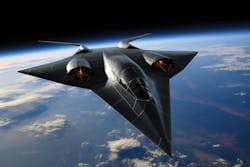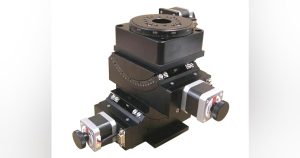Revolutionizing Travel: The Future of Hypersonic Flights
Published on March 25, 2025 — The dream of completing a journey from New York to London in under 60 minutes, or from Los Angeles to Tokyo in just three hours, is becoming increasingly feasible, as J. George Gorant and Michael Verdon elaborate in the Robb Report.

The lofty aspirations for hypersonic travel trace back to 1949 when an unmanned two-stage Bumper rocket zipped through the atmosphere at an impressive speed of 5,150 mph. Twelve years later, the U.S. Air Force made history with the X-15, which became the first crewed aircraft to reach hypersonic speeds, defined as Mach 5 or higher (5 times the speed of sound, approximately 3,800 mph).
As reported on March 25, 2025, specialists in the field are confronting the challenges posed by hypersonic travel, particularly the extreme heat generated at such speeds. They are utilizing innovative materials such as titanium, nickel-chromium superalloys, carbon fiber, and NASA-style thermal tiles to address these issues. Advanced design techniques, such as wind-tunnel testing and computational fluid dynamics, are being utilized to refine aerodynamics, with a preference for streamlined delta-wing shapes.
Progress is also being made with experimental ramjet and scramjet propulsion systems, particularly for velocities exceeding Mach 3. Hypersonix, an Australian company, is in the process of developing the Dart demonstrator equipped with a 3D-printed Spartan scramjet engine, which is scheduled for testing in the U.S. later this year, with the aid of Rocket Lab.
However, despite these technological advancements, the prospect of commercial hypersonic travel remains a distant reality due to financial constraints. The Swiss company Destinus, which previously targeted a 2030 launch, has redirected its focus towards defense, citing insufficient investment. As CEO Mikhail Kokorich stated, “The technology exists; the funding does not.”
Related Articles:
- US Scientists 3D Print Dark Ceramics for Hypersonic Aircraft
- Building Sensors to Withstand Hypersonic Heat
- Boom Supersonic’s XB-1 First Faster-Than-Sound Flight
Written by Jamie Whitney, Senior Editor at Military + Aerospace Electronics.
To explore more on this fascinating subject, read the Original Article.













